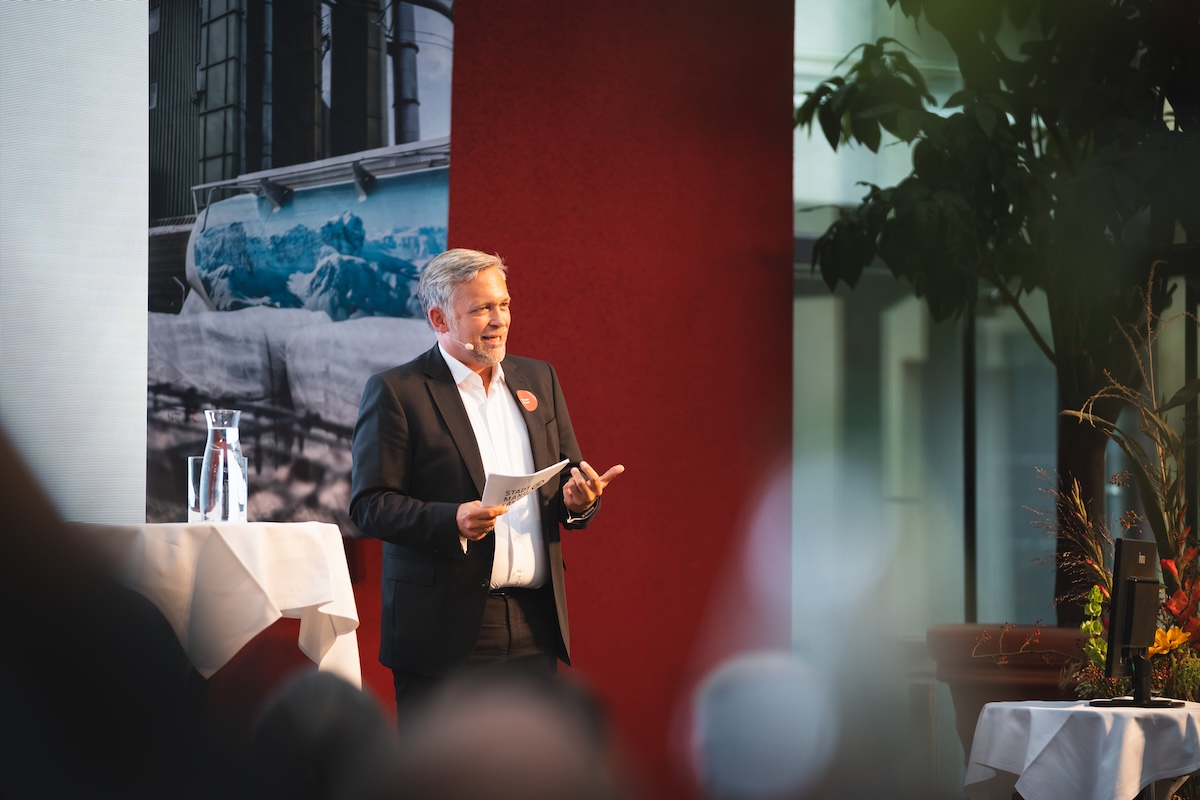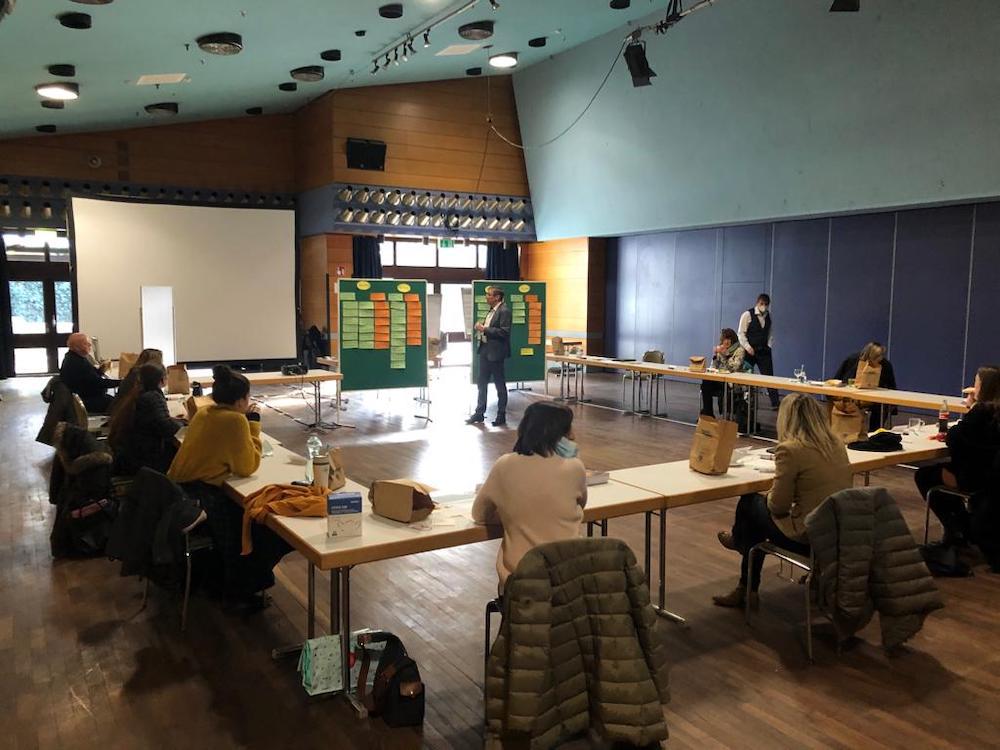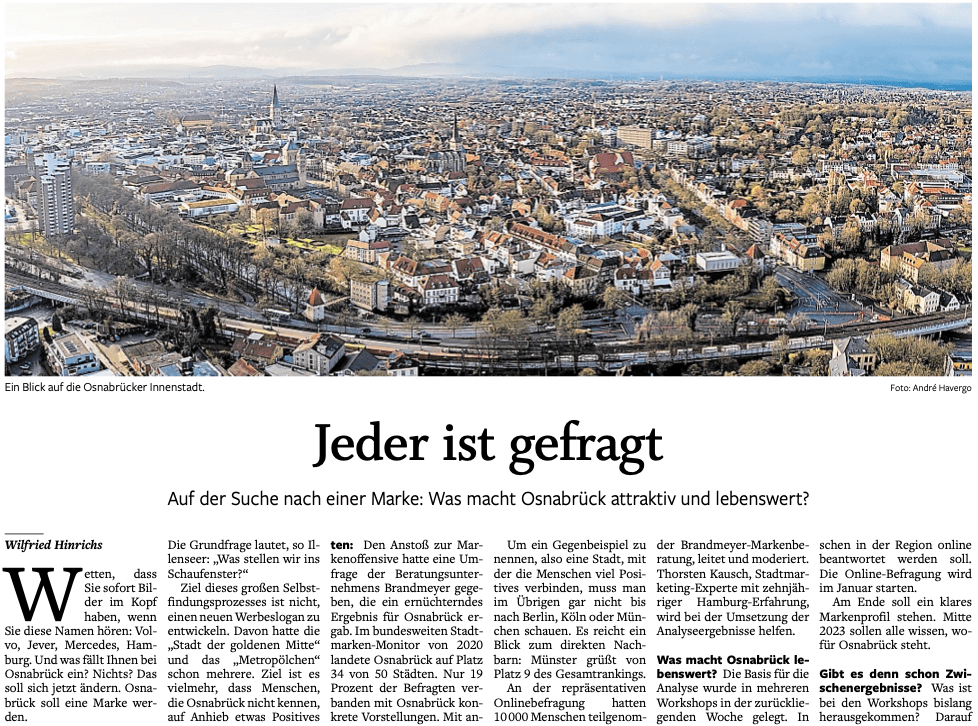Strategic communication
Criteria for successful urban communication and marketing strategies
Relevance can be achieved with a structured communication and marketing strategy – and the perception of the city can be significantly increased.
Urban spaces attract companies, skilled workers and tourists as well as investment in the location and are in global competition for relevance and perception. This is because urban spaces are becoming increasingly important – they are the nuclei for growth, knowledge and innovation. Two thirds of people worldwide are expected to live in cities by 2030. Urban spaces, i.e. cities and urban regions, are therefore the engines of a country’s social and economic development.
A promising communication strategy defines what is communicated, when, how, why and to whom. And it takes into account: Behaviors, tonality, sensible frequencies of communication activities, priorities, dialogue and target groups.
“Successful communication is based on an overarching central idea – a narrative, a brand story.”

Thorsten Kausch, Managing Director of Stadtmanufaktur













